Blizzard of Ozz by Ozzy Osbourne
Buy Blizzard of Ozz Few rock and roll comebacks are as bizarre, but complete, as that of Ozzy Osbourne in 1980. Just a year after being fired from Black Sabbath, the superstar rock […]
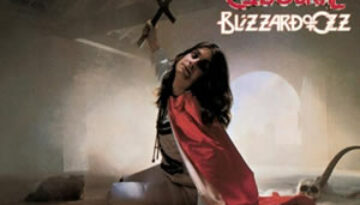
Buy Blizzard of Ozz Few rock and roll comebacks are as bizarre, but complete, as that of Ozzy Osbourne in 1980. Just a year after being fired from Black Sabbath, the superstar rock […]
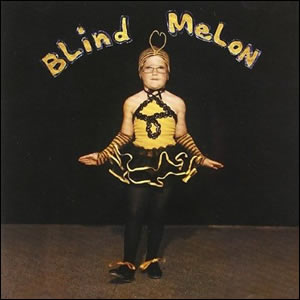
Buy Blind Melon Blind Melon is the 1992 debut album by the rock band of the same name. The album was an international seller due primarily to the breakthrough hit “No Rain” along […]
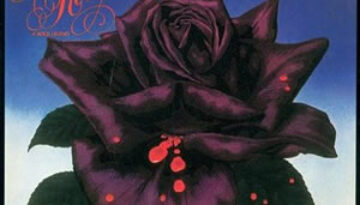
Buy Black Rose: A Rock Legend Perhaps the last great classic album by Thin Lizzy, the 1979 release Black Rose: A Rock Legend, peaked at number 2 on the U.K. album charts, making […]
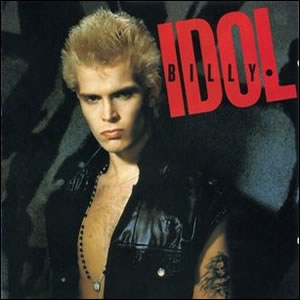
Buy Billy Idol The debut album by Billy Idol is amazingly diverse and mainstream-leaning for an artist supposedly fresh off the punk scene. In fact, Idol today admits that his late seventies outfit, […]
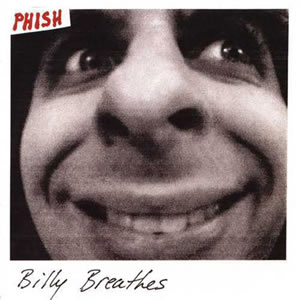
Buy Billy Breathes As their sixth official studio album, Billy Breathes is an early indication of Phish moving towards more mainstream rock music. Here, the four-piece group combined folk, rock and psychedelic into […]
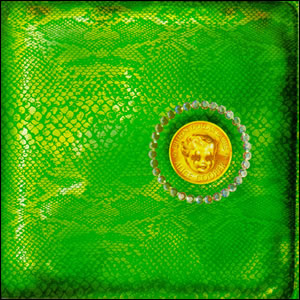
Buy Billion Dollar Babies The Alice Cooper Band reached their commercial peak with 1973’s Billion Dollar Babies. This sixth Alice Cooper album, produced by Bob Ezrin, refined some of the basic rock grit […]
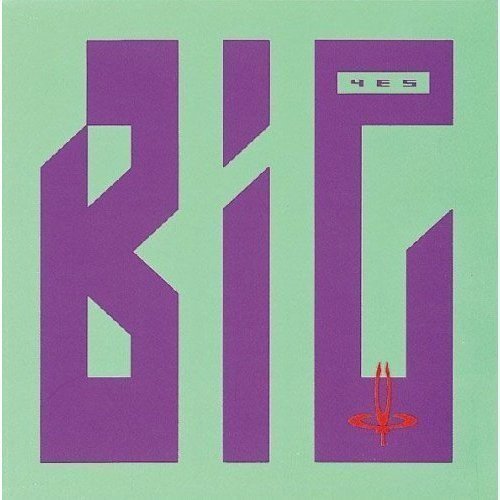
Buy Big Generator The 1980s version of the classic rock band Yes put out interesting, modern rock oriented albums which differed starkly from their prog rock efforts of the 1970s. Despite the shifts […]
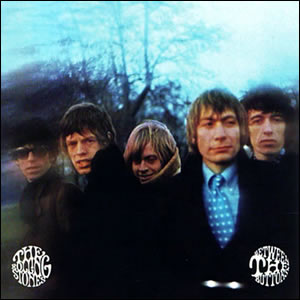
Buy Between the Buttons Between the Buttons was an album released in January 1967 by The Rolling Stones. Sonically, the album works well with the strong mid-sixties British rock that the Beatles produced […]

Buy Bella Donna After three albums with Fleetwood Mac, Stevie Nicks was doubtlessly the most recognizable figure in that popular and talented band. However, her actual participation as far as songwriting and lead […]
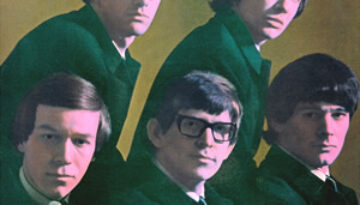
Buy Begin Here We commence our year-long celebration of the 50th anniversary of 1965 album releases with the oldest music we’ll ever cover at Classic Rock Review. The British group, The Zombies, recorded […]